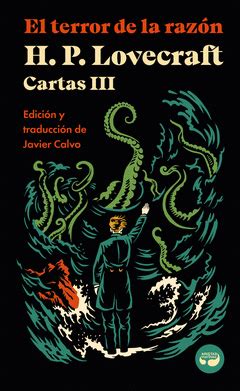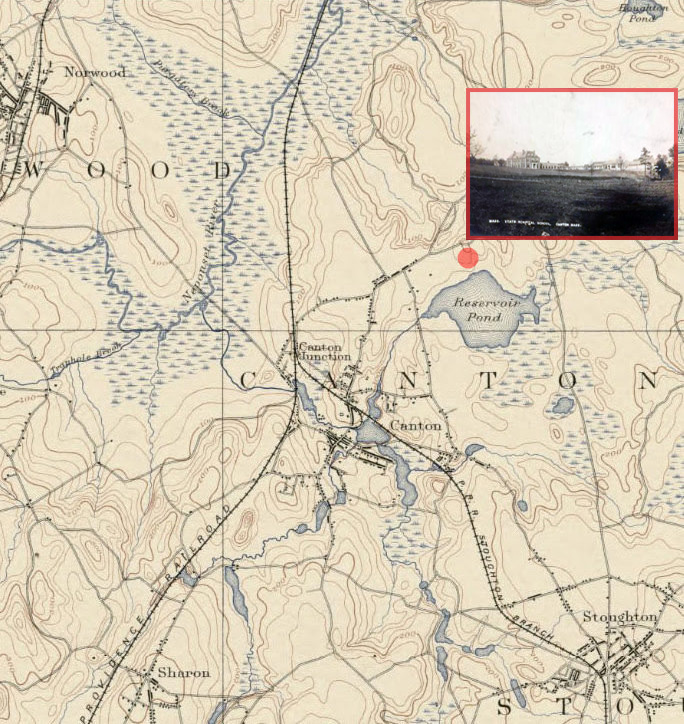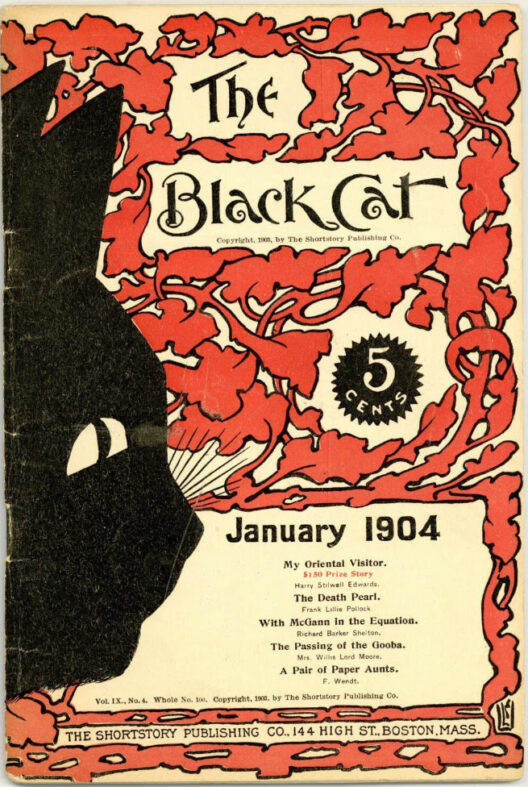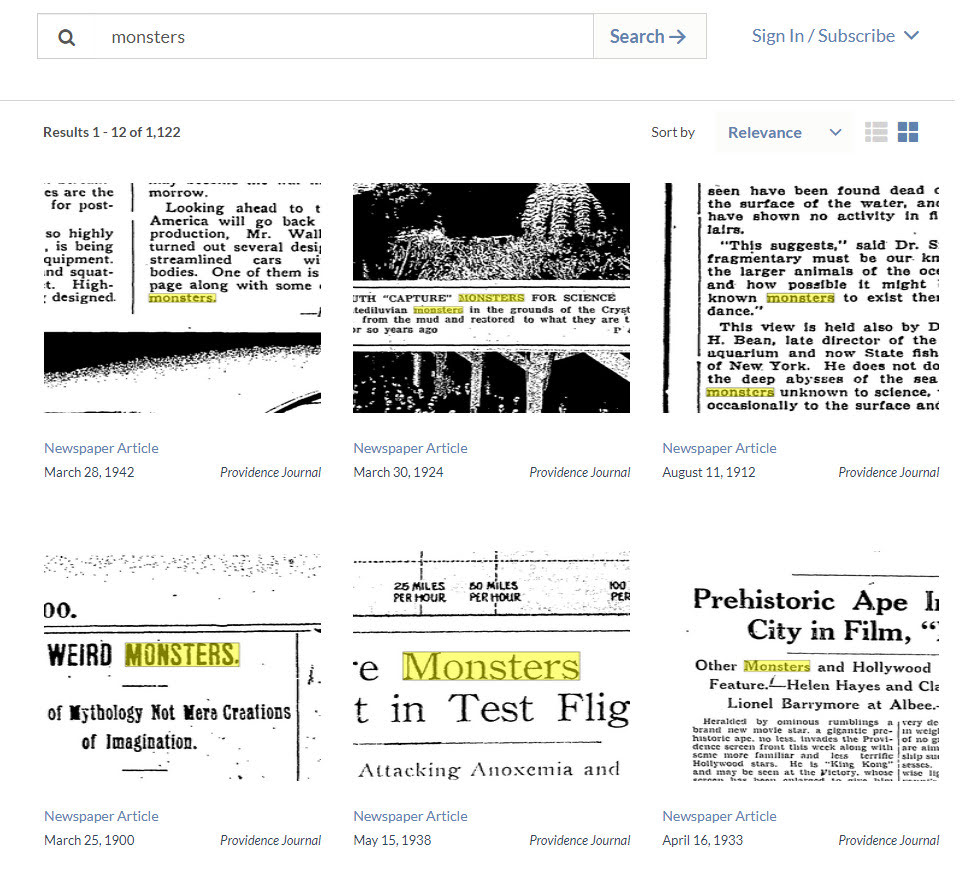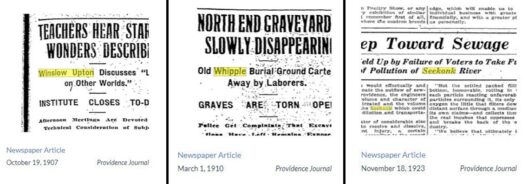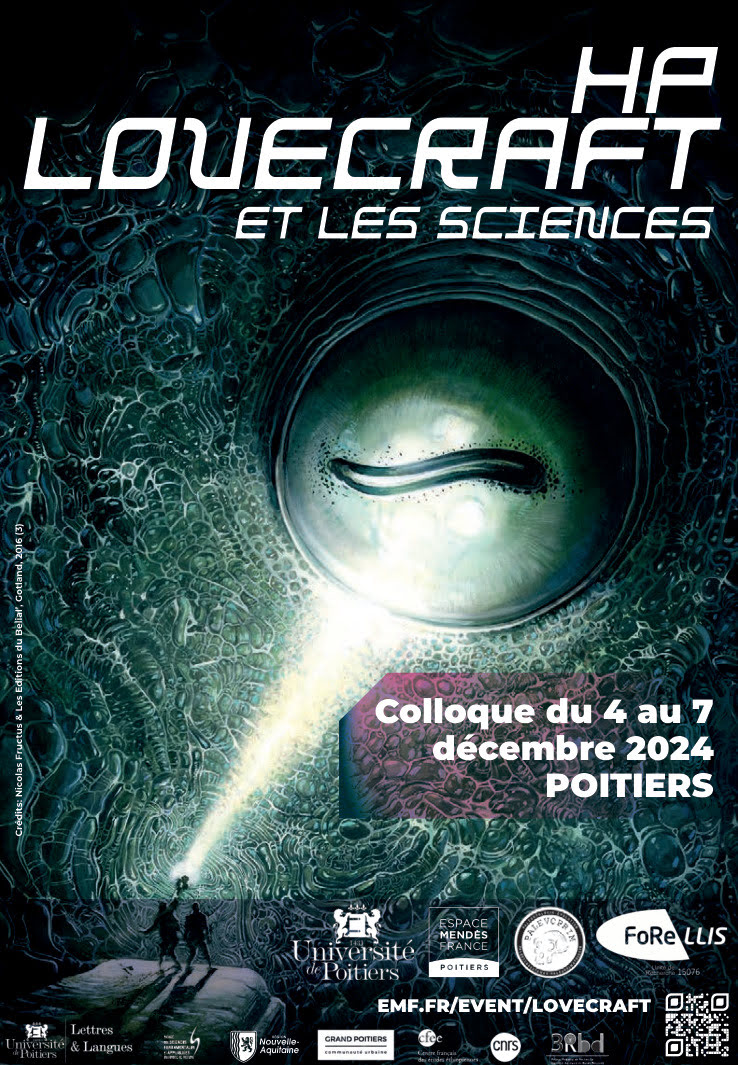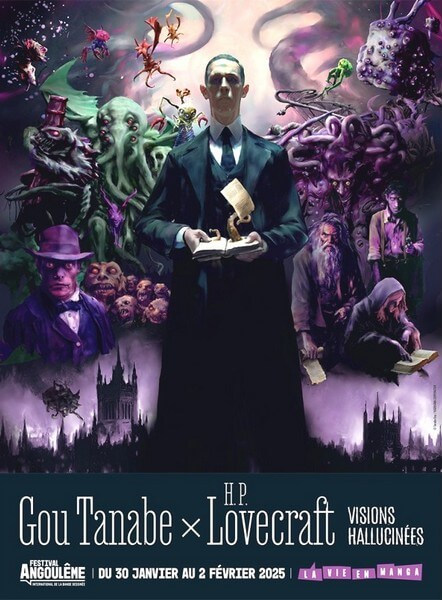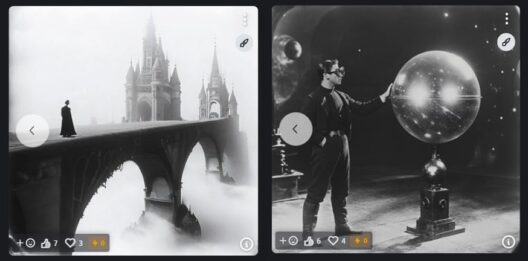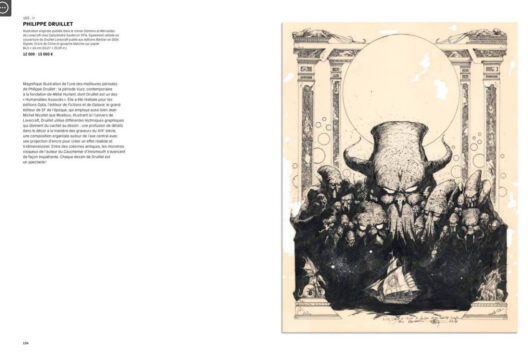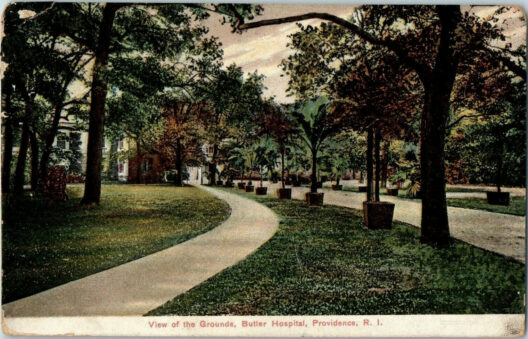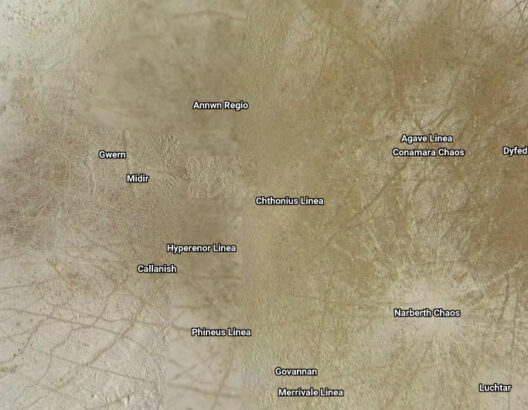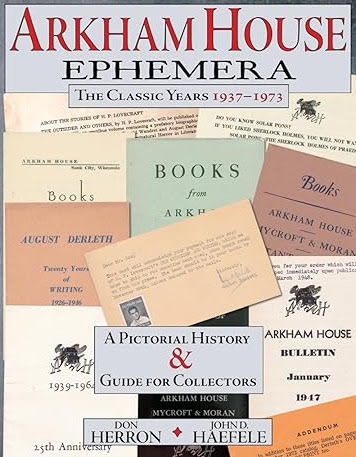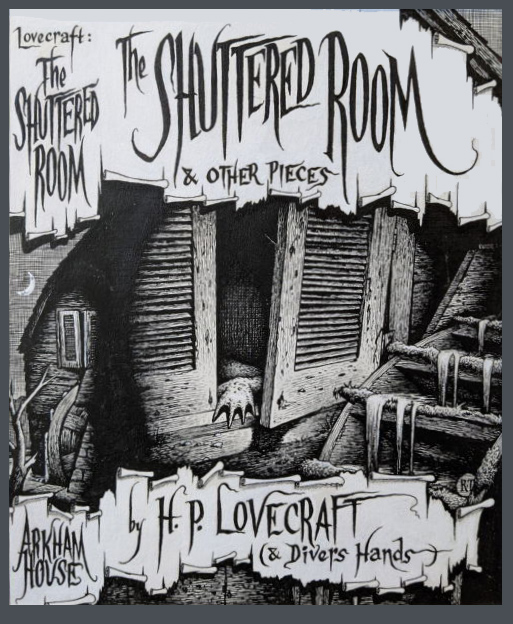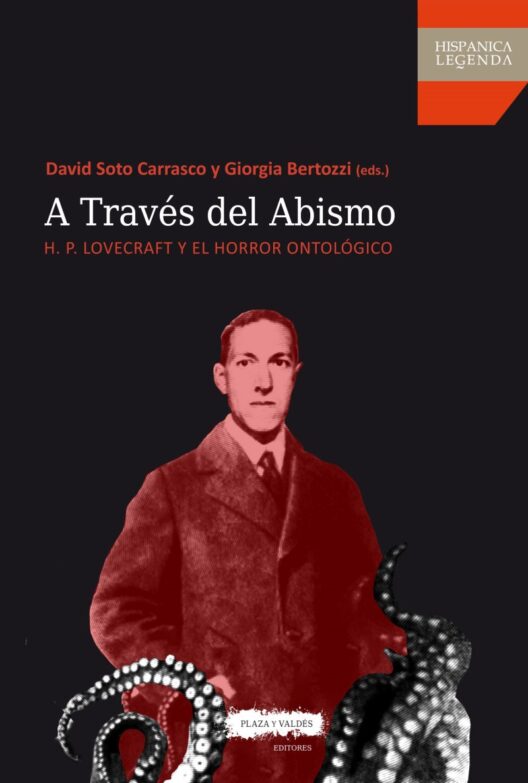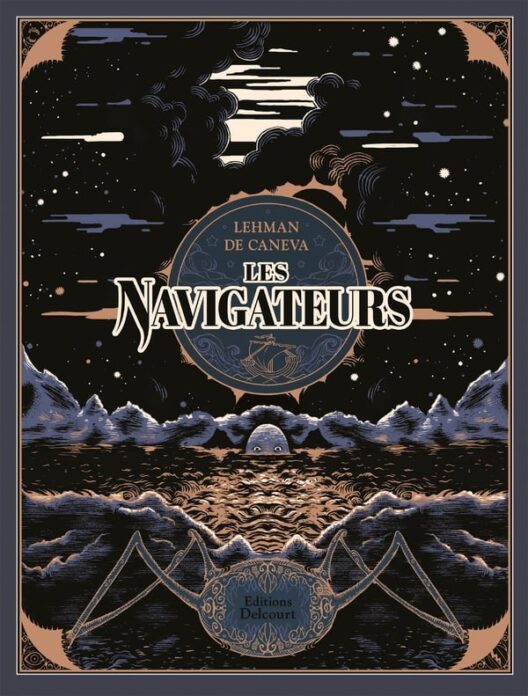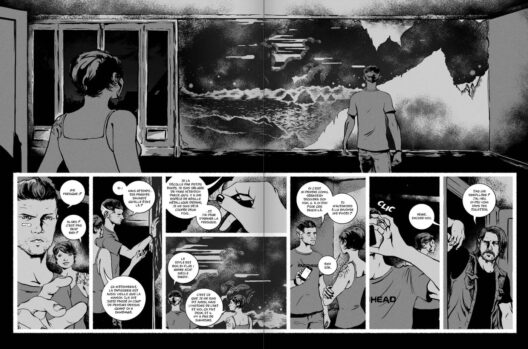HPLinks #19.
* Newly listed for discounted pre-order, a 500-copy hardcover edition of A Sense of Proportion: The Letters of H.P. Lovecraft and Frank Belknap Long. Due to ship in early spring 2025 (“March”), and it can’t ship outside the USA.
* In English in the latest edition of the Hungarian open-access journal Patchwork, “Subjectivity and Cosmic Ambiguity in H.P. Lovecraft’s “The Nameless City””.
* The latest edition of the new open-access journal The Incredible Nineteenth Century: Science Fiction, Fantasy, and Fairy Tale has a review of Joshi’s The Recognition of H.P. Lovecraft: His Rise from Obscurity to World Renown (2021).
* In the Italian open-access journal Classica Vox, “Il richiamo degli abissi: una ripresa del Glauco ovidiano in H.P. Lovecraft” (‘The Call of the Deep: a revival of Ovidian Glaucus in H.P. Lovecraft’). Presents, in Italian, the idea that Ovid’s… “Metamorphoses, [specifically the] episode of Glaucus, was an important source of inspiration for the short story The Shadow over Innsmouth”.
* A special new Lovecraft issue of the French journal EaN… “Cthulhu waits no longer. Lovecraft is more relevant than ever: this is perhaps what explains the contemporary interest in his surprisingly modern work.” EaN appears to be open-access.
* In the latest issue of the French journal Otrante ($ paywall) “Relecture juridique de la nouvelle Le molosse d’H.P. Lovecraft” (‘A legal rereading of the short story The Hound by H.P. Lovecraft’).
* The current Weird Tales IP owners recently had a 100-page ‘Cosmic Horror’ special issue (#367), which I think I missed hearing about. But usefully, last week the Tellers of Weird Tales blog perused this issue, finding that… “the contributors to this issue are mostly movie, television, and comic book people” rather than writers. He also suspects that most of the unsigned pictures, of which there are apparently many, were generated by AI models. Which I’ve no objection to myself… provided AI images are done well, generated by someone who knows what they’re doing, and tickled a bit with Photoshop before release. Tellers of Weird Tales also has another post taking a deeper look at the Cosmic Horror issue.
* FanHistory Project Zoom Sessions. This is an online webinar series with the holders and curators of science-fiction fandom university collections. Set to run from January through April 2025.
* A few years back the Chinese communist authorities took a sudden and unexpected interest in science-fiction fans and communities. What seemed somewhat benign at the time now looks different, as a new paper reveals the “unexpected intensification” of censorship which followed, and how “government censorship caused once-thriving fanfiction communities to break apart”.
* Propnomicon posts the scenario setup for The Miskatonic University Sahara Expedition 2025. A real-world LARP in the deserts of North Africa.
* An early indication of the return of the London Lovecraft Festival in February 2025. A listing for “A Night Beneath The Elder Sign” at The Drayton Arms Theatre, London, on 16th February 2025. Lovecraft’s “Celephais, a tale from the Dreamlands, told in shadow puppet style” with “electronic soundtrack performed live”. Plus a “dramatic retelling of From Beyond”.
* Metal Temple interviews the band The Great Old Ones… “Lovecraft may be the sixth member of the band. It’s always music first, but Lovecraft is part of the band, you know?”
* And finally, the English edition of the leftist El Pais asks “How do cats dream?”.
— End-quote —
“My dream of the black cat city was very fragmentary. The place was built of stone & clung to the side of a cliff like some of the towns drawn by Sime for Dunsany’s stories. There are towns more or less like it in Spain. The place seemed to have been built by & for human beings aeons ago, but its present feline inhabitants had evidently lived there for ages. [I beheld] the cats moving about in a rational & orderly manner, evidently in the performance of definite duties.” — Lovecraft to Lumley, June 1936.




